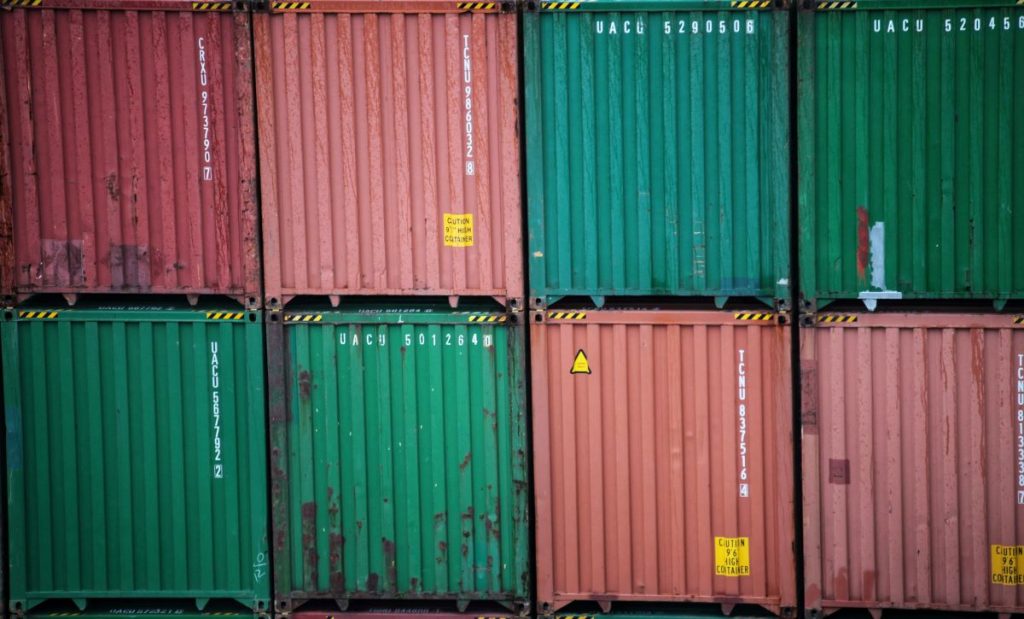The Oregon International Port of Coos Bay receives a $25 million grant from the U.S. Department of Transportation to construct the first full ship-to-rail port facility on the West Coast, aiming to streamline container movement and reduce emissions.
A New Era in Intermodal Container Terminals
The U.S. Department of Transportation has awarded a $25 million grant to the Oregon International Port of Coos Bay. This funding will contribute to the creation of a new intermodal container terminal, marking a significant advancement in supply chain logistics on the West Coast.
The grant will cover the environmental review and permitting process, as well as preliminary engineering and design work for the terminal’s railyard, container yard, wharf, and berths.
Revolutionizing Container Movement
Once operational, the terminal will be the first full ship-to-rail port facility on the West Coast. It will have the capability to transfer virtually all inbound and outbound containers by rail, eliminating the need for trucks. This innovative approach aims to reduce emissions and streamline logistics operations.
In a further bid to cut down on emissions, ships at berth will be powered by electrical plug-ins during the unloading process. The unloading will be carried out by electrified ship-to-shore cranes, further enhancing the terminal’s eco-friendly operations.
Strategic Location and Economic Impact
The Port of Coos Bay boasts a strategic location with a rail line connected to the Class I railway network and a naturally deep channel maintained annually by the U.S. Army Corps of Engineers. An analysis of West Coast locations from Canada to Mexico identified Coos Bay Harbor as the only location where additional material port capacity could be added, based on existing Pacific Coast port capacity and infrastructure.
The project, expected to span five years and cost a total of $2.3 billion, is anticipated to handle approximately two million import and export containers annually once the new terminal is operational. This development is set to reinvigorate the South Coast’s economy and provide more pathways to the middle class, according to Oregon Governor Tina Kotek.








